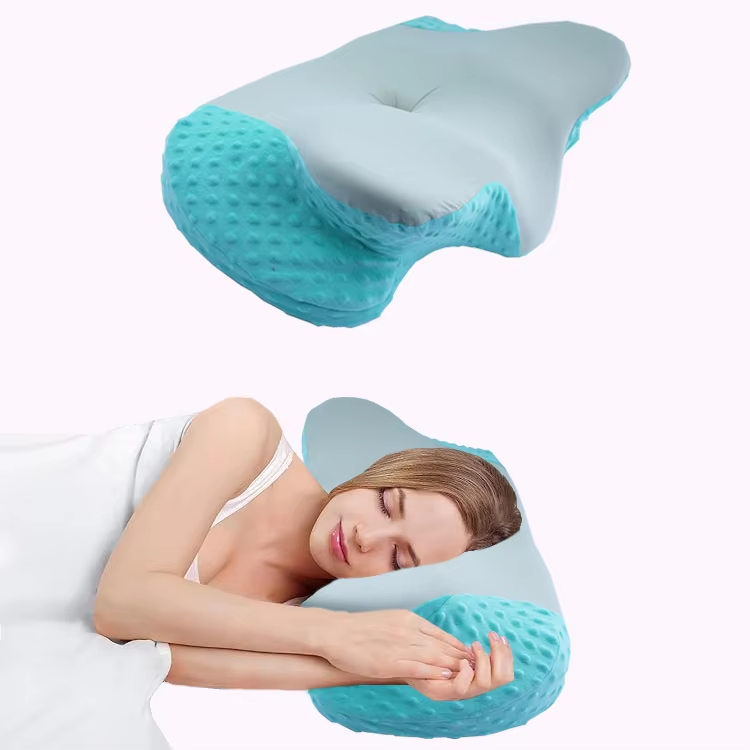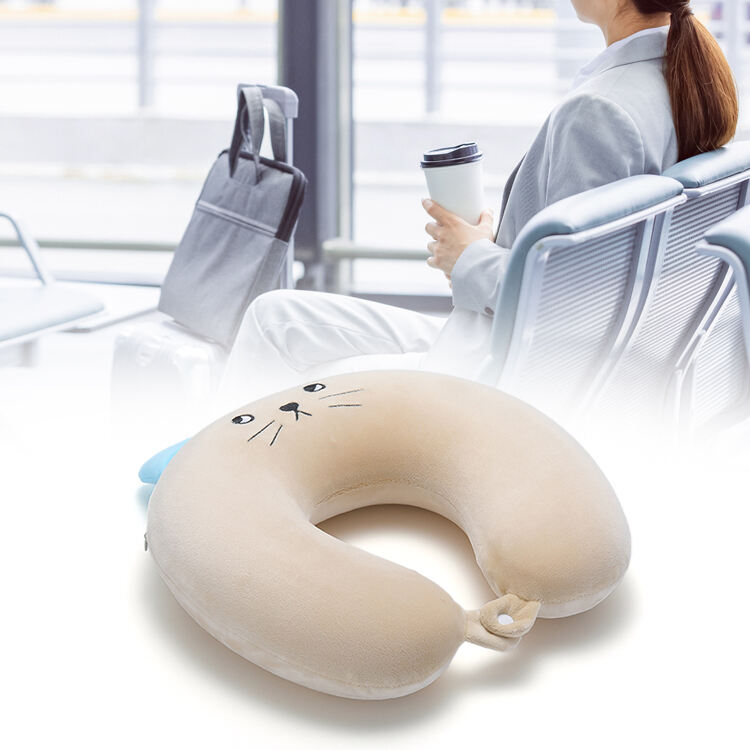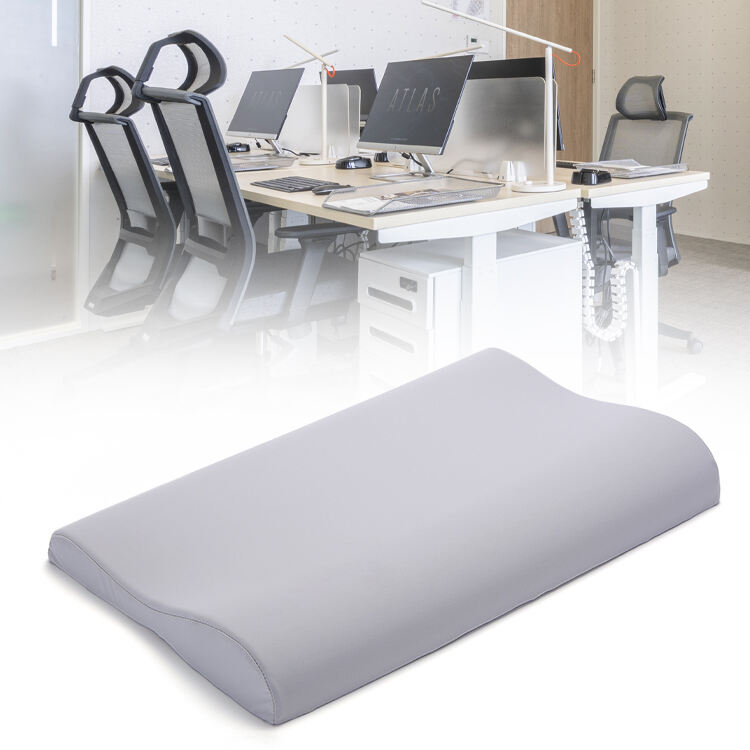Neck stiffness is a common issue among side sleepers, and selecting the appropriate memory foam pillow can help ease this problem. Each memory foam pillow is different from regular pillows because it adjusts to the shape of the neck and head. Unlike regular pillows, side sleepers require a memory foam pillow that fills the gap between the neck and the mattress to maintain the cervical spine in a natural and straight position. However, not all memory foam pillows can perform this function. The density of the memory foam pillow affects the support and softness of the pillow. For side sleepers suffering from neck stiffness, the ideal memory foam pillow density must be found in order to improve sleep and alleviate neck pain.
The performance of a memory foam pillow is greatly impacted by its density. A low density memory foam pillow (typically under 3 pounds per cubic foot) is found to be softer, and while it may quickly contour to the shape of the head and neck, it will not provide adequate support for side sleepers suffering from neck stiffness.

When side sleepers use low-density memory foam pillows, the pillows can sink too low, causing the neck to bend sharply and causing neck stiffness to worsen. The high-density memory foam pillows (greater than 5 pounds per cubic foot) are firmer and provide strong support. However, the pillow may be too hard for some side sleepers to be comfortable resting on, which fails to relieve neck pressure. The medium-density memory foam pillows (3 to 5 pounds per cubic foot) are often just the right balance to deliver support and softness. It can provide enough support to keep the cervical spine in alignment and avoid being too soft and unsupportive as to allow the neck curve to sink, which is very appropriate for side sleepers with neck stiffness.
Side sleepers do have a unique sleeping position which exerts much more pressure on the neck and shoulders as compared to back or stomach sleepers. Stiff necks in side sleepers typically arise from the use of inadequate support pillows which maintain the cervical spine in an abnormal posture for an extended period. This is a problem a specialized memory foam pillow is created to solve.
A side sleeper with neck pain requires a different type of pillow, even a foam one. Pillows do not have to be neck pain specific. These pillows help cervical spines be held in a neutral position while sleeping by having foam of a specific height and density to fill the gap of the neck and mattress. Having a foam pillow, on the other hand, helps to relieve pressure on the neck and shoulder, offering pain-free sleep by eliminating pressure points.
The most important feature to remember while picking a foam pillow for a side sleeper with neck pain is the density of the foam, as previously noted. A medium-density foam pillow is usually the best choice. In addition, the height is equally important. Side sleepers require a foam pillow even more than back sleepers to help keep the head and neck aligned with the mattress. Lastly, foam pillow contouring designs really do help offer neck pain support.
A contoured memory foam pillow features a raised section that cradles the neck and a lower section that cradles the head, aligning with the natural curvature of the cervical spine. Pillows that allow for the escape of hot air are esssential for breathbility and overheating arms, and a comfortable sleeping environment, especially for side sleepers.

There have been many side sleepers with neck stiffness who have made the switch to the appropriate memory foam pillow with great and outstanding results. Take for example, Sarah, a 35 year old office worker. Neck stiffness affected her work and daily life to a great extent. Every single morning, she would wake up with severe neck stiffness. It made her daily life a torment. She tried many traditional pillows with no improvement and no results. She later settled for a medium density contoured memory foam pillow and after two weeks her neck stiffness was greatly improved. She can now wake up even in the morning and feel refreshed and without her neck pain. Driving for long periods of time has a lot of hidden costs. One hidden cost that 42 year old Michael, a driver suffers from, is neck stiffness.
Using a side sleeper memory foam pillow has helped him sleep better and experience neck stiffness less frequently. These cases show how a good memory foam pillow can reduce neck stiffness for side sleepers and improve their quality of life.
Proper maintenance of memory foam pillows will ensure neck stiffness in side sleepers will still be supported. First, remember to clean side sleep memory foam pillow cases. Dust, sweat, and bacteria can build up in unwashed cases. This can trigger a plethora of hygiene and dermatological issues. Wash pillowcases at least weekly and soak them in a gentle detergent to avoid damaging the foam pillow case. Next, avoid leaving memory foam in direct sunlight for extended periods. Excessive UV exposure causes foam to lose its elasticity and support, especially when it hardens. When wet memory foam, it needs to be dried at room temperature and in the open air. Finally, remember to avoid pressing and kneading memory foam harshly.
This can harm the memory foam's structure and keeps it from contouring properly to the neck and head. Lastly, do not forget to replace memory foam pillows. In most cases, high-quality memory foam pillows can last 3 to 5 years. After this time, pillows can no longer perform to their potential and won’t provide the right support to side sleepers with neck stiffness.











